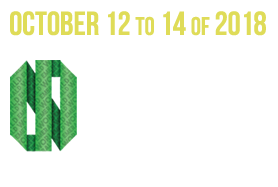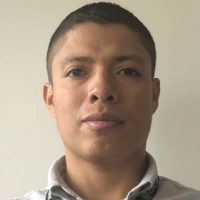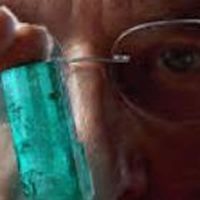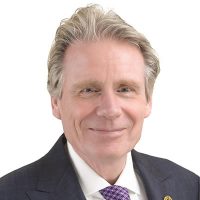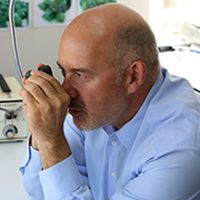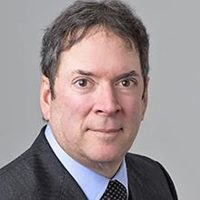Cathelijne Klomp – SPEAKERS
Environmental Project Manager RAW MATERIALS & SUPPLY CHAIN
LVMH
Sourcing coloured gemstones responsibly: challenges and opportunities for creating sustainable value together*
Within the LIFE 2020 Targets, LVMH has set an ambitious strategy for the supply chains used by its Maisons: LVMH Maisons ensure that the most advanced environmental standards are used all along their supply chain, reaching 70% by 2020 and 100% by 2025. Raw materials to focus on have been prioritized according to their volumes, environmental and social impact, and image risk. Since 2015, LVMH has implemented efforts to participate to the improvement of transparent and sustainable practices in the coloured gemstones supply chain. This ambition has been reinforced by the position of the Group Executive Committee to source from responsible coloured gemstones supply chains. Yet, despite these efforts, we ascertain humbly that we are still at a modest level of advancement, and witness that this is linked to the level of complexity of the supply chain, and the importance to change cultures and beliefs. There are potentially as many coloured gemstones as there are deposits: each stone has a specific supply chain where practices and potential social and environmental risks differ. No unique solution exists, but a multiple number of solutions do, and need to be identified via a better understanding of each different actor’s activity, size and culture. Change cannot be made overnight, but can only operate step by step, by collaborating hands in hands with all the actors of the industry. LVMH’s brands do not own any mining industry or polishing or cutting factory. LVMH brands design and imagine creations for art, for customers, for culture. Yet, all actors in the supply chain, from mining to final customer wish to create products that have not harmed any child, not financed any war, not contaminated any river nor deforested any tree. And even further, that it supports people’s livelihoods, develops economic and cultural interchange and educates people to take care of their rivers and trees. This is the notion of extended responsibility. A wealthy woman buying herself a splendid Dior creation feels as much responsible for the impact of mining a pit as the miner itself. This is a wonderful occasion to share efforts and work together – and not against each other – towards making this world a better place to live.
Once the scene set, what are the operational actions? Where do we start? Step by step
